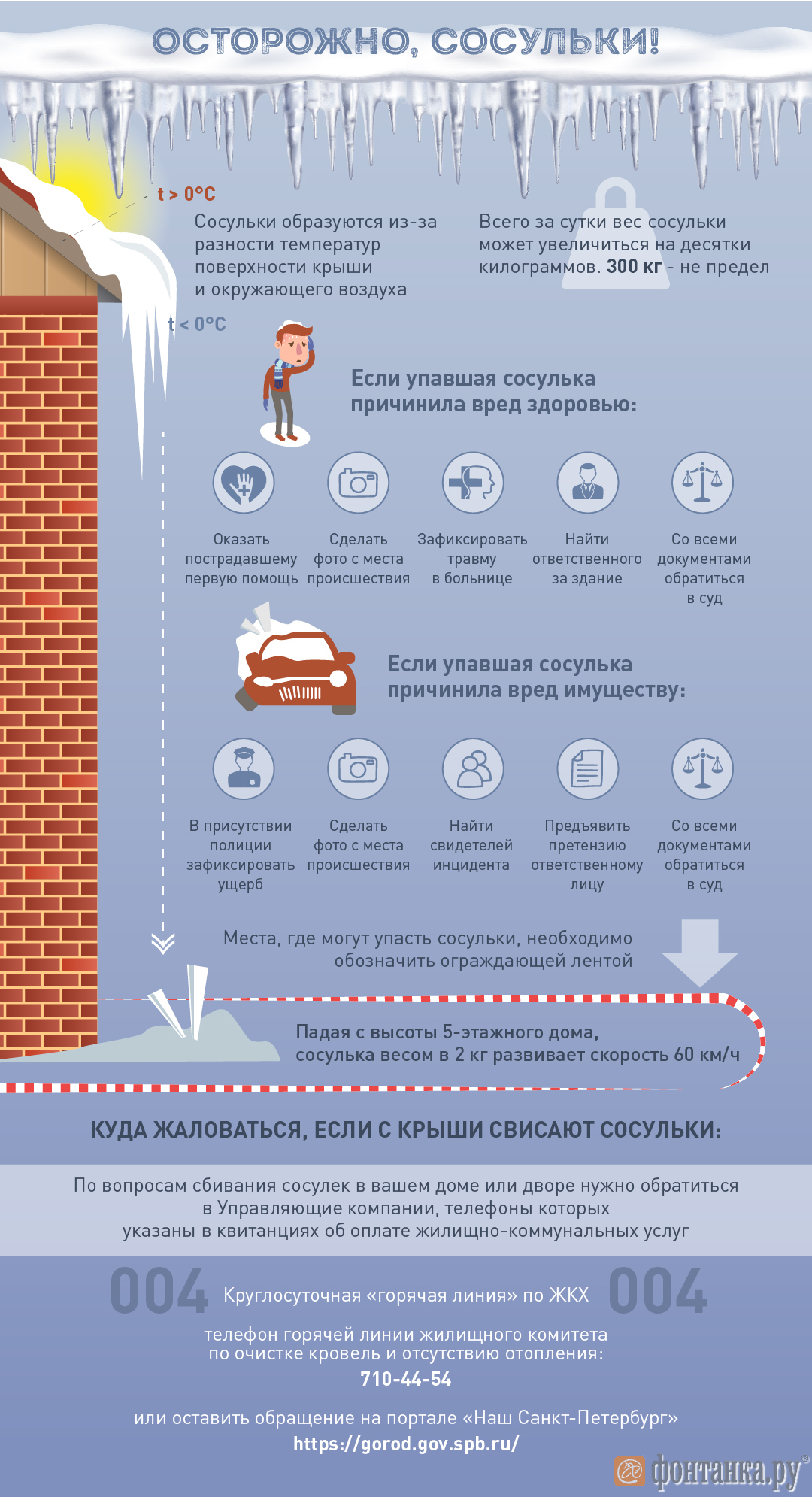

In 1962 for the repair of embankment walls a new workflow was accepted – to disassemble the wall partially in its thickness and perform the works under the protection of the not disassembled part. In 1947-1949 the overhaul was made at the section between Egipetsky and Staro-Kalinkin Bridge and on the right bank and downstream - part from Staro-Kalinkin Bridge to the dam. Vertical wooden piles were driven in the old piled base, then these piles were jointed with concrete foundation slab, and with rubble masonry above.įrom 1934 to 1940 the walls repair featured with driving of 3 to 5 rows of inclined piles. In the 1910s, due to the development of automobile and tram transport, part of pedestrian and horse descents were destroyed: they were filled or dismantled.īy 1925 many sections of the stone wall fell in emergency condition up to its breakdown. The promenade descents were used for boats, cutters and wharfboats berthing the horse ones – for transportation of drays with cargos delivered on small river ships and for river water intake to fill drums. On the Fontanka River there are 26 descents of two types: promenade with two longitudinal stairs and so called horse stairs with two ramps. Baur, and after his death by engineers I. The works were supervised by hydraulic engineer F. Generally, wooden pile grillages made of two rows of piles served as the base for the walls. The reinforcement construction consisted of the high lime-stone mortar based stone wall faced with massive granite blocks.

The stone walls were erected over the entire length of the river not reaching its mouth slightly. In 1780-1789 the banks of the Fontanka River were encased in granite. The first stone embankments of the Fontanka River appeared in the 1760s, during rebuilding of Prachechny Bridge in stone. In 1743-1752 the Fontanka River was substantially cleared, deepened, aligned and filled of the banks. At the locations of estates the bank was reinforced by wooden walls.īy 1727 the wooden reinforcements had already been in bad condition. In 1714 the first clearing and alignment of the Fontanka River banks had happened. In the description of Saint Petersburg of 1751 one can read: “The Fontanka River has its name because the pipes were laid from the Basin to Garden for fountains”. Before 1712-1714 it was named Anonymous Greek, then it was the Fontannaya River and finally in 1737 it received its modern name. The Census book of Votic Friday, 1500 the river flowing there was mentioned as the Golodusha River. Until the middle of the XVIII century the Fontanka River was the southern border of Saint Petersburg. It starts and ends at the banks of the Neva River (from the place over opposite Peter-and-Paul Fortress until the place where the Neva River flows into the Gulf of Finland near Galerny Island) and runs over the whole historical centre of the city. The Fontanka River Embankment is one of the longest embankments in Saint Petersburg.


 0 kommentar(er)
0 kommentar(er)
